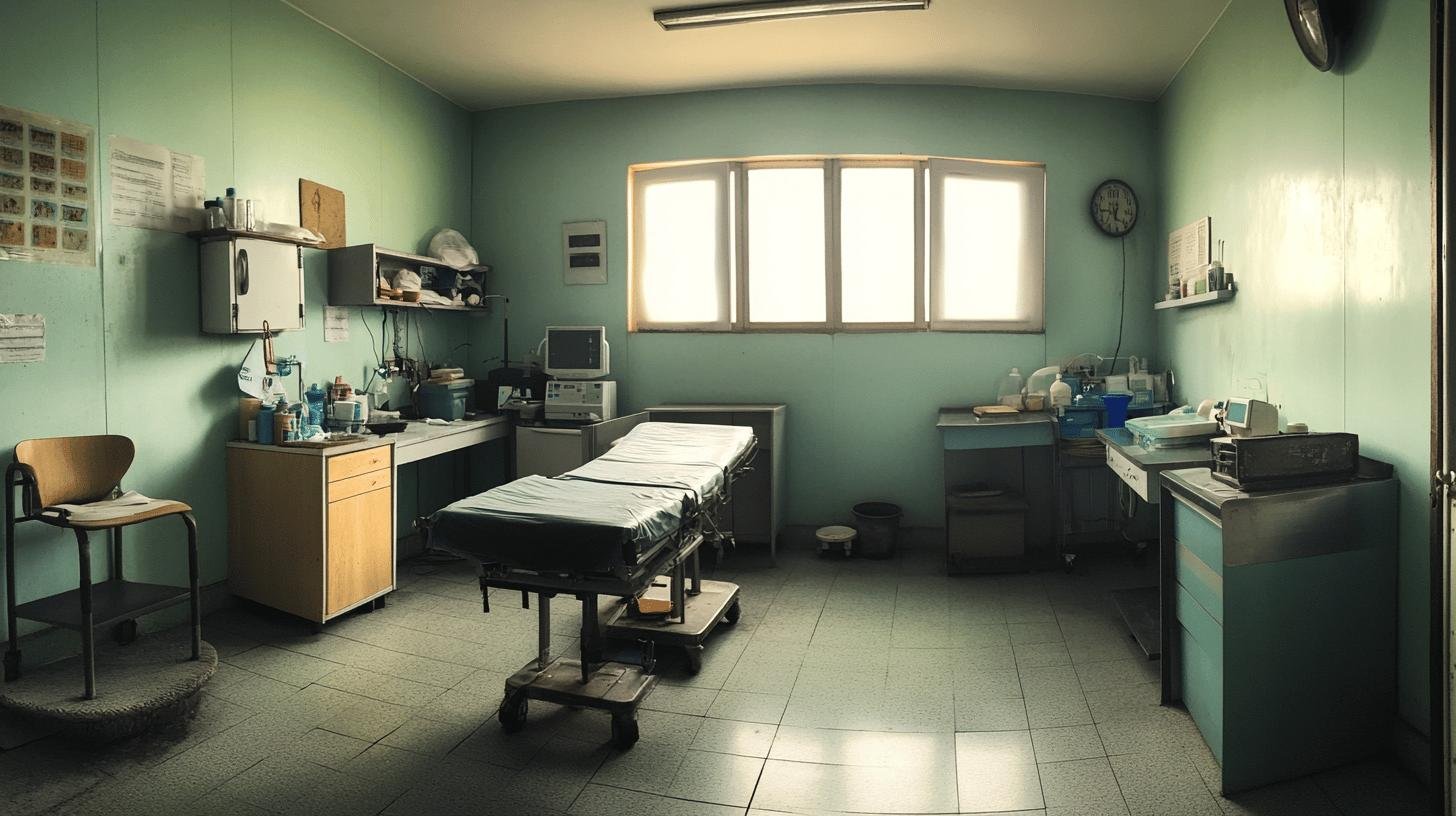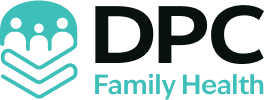TL;DR:
- Socioeconomic Status (SES) affects healthcare access through income, education, occupation, neighbourhood, social support, and employment status.
- Rural areas face travel and transport issues; urban areas struggle with congestion and costs.
- Uninsured and underinsured populations often skip essential care, worsening health outcomes.
- Medicaid and Medicare expand access; various solutions include expanding eligibility and educating on insurance options.
- Cultural and language barriers hinder access; professional interpretation and multilingual materials can help.
- Infrastructure and workforce challenges contribute to access issues, particularly in rural areas with fewer healthcare facilities.
- Direct Primary Care (DPC) offers cost-effective, simplified, and personalized healthcare without insurance complications.
Ever wonder why visiting a doctor can feel like solving a mystery? Access to healthcare isn’t just about geography—it’s woven with various socioeconomic threads that impact who gets the care they need. Today, we’re diving into the key factors affecting access to healthcare. Spoiler alert: income and education play huge roles. Get ready as we explore these elements and how they shape your journey to better health, making the complex world of healthcare a bit easier to navigate. Ready? Let’s go!
The Impact of Socioeconomic Status on Healthcare Access
Let’s chat about socioeconomic status (SES) and its impact on healthcare access. SES involves income, education, and occupation levels, often determining who receives the necessary care and who doesn’t. This can lead to serious healthcare disparities, leaving some folks without adequate healthcare access.
How do income and education impact this? People with higher incomes can afford better health insurance and out-of-pocket costs, allowing them to access quality healthcare. Conversely, low-income individuals may skip necessary treatments due to cost, worsening their health over time. Education also plays a key role. Those with more education often have better jobs, leading to better insurance and healthcare access. Unfortunately, those with less education might struggle to navigate the healthcare system, resulting in poorer health outcomes.
Here’s a little visual for you:
| Socioeconomic Factor | Impact on Healthcare Access |
|———————-|—————————–|
| Income | Affects affordability and access to insurance |
| Education | Influences health literacy and system navigation |
| Occupation | Determines job-related benefits, like insurance |
| Neighborhood | Affects proximity to healthcare facilities |
| Social Support | Impacts ability to seek and receive care |
| Employment Status | Linked to insurance availability and cost |
In a nutshell, where you stand socioeconomically can make or break your access to healthcare. Understanding these factors is crucial for bridging the gap and ensuring everyone gets the care they deserve.
Geographic Barriers to Healthcare Access

Rural areas face serious hurdles in healthcare access. Long travel distances and unreliable transportation make healthcare a challenge, especially for elderly folks with chronic conditions who need regular check-ups. Without reliable transportation, healthcare becomes more of a hassle than it should be. Additionally, limited internet access in rural regions limits telehealth options.
Urban settings have more hospitals and clinics, but it’s not all sunshine and roses. Traffic can turn a quick visit into a day-long event. Urban areas’ high cost of living often means healthcare facilities are unevenly spread out, leaving some neighbourhoods with fewer options. And let’s not forget the cost factor—getting care in a city can still burn a hole in your wallet, even with more facilities available.
Comparing both settings, it’s clear that neither has it easy. Rural areas struggle with distance and internet woes, while urban areas deal with congestion and costs. So, what’s the fix? Telehealth could be a game-changer if broadband access improves. It would allow rural residents to check in with their doctors without long drives. Better public transport and strategically placed clinics could ease some of the burden in cities.
The Role of Insurance Coverage in Healthcare Access
Insurance coverage significantly impacts healthcare access. Many folks skip essential services like preventive screenings, dental care, and pediatric visits without them. This can lead to serious long-term health consequences, making insurance crucial for healthcare access.
Uninsured Populations
Uninsured individuals face numerous challenges. They often skip necessary care because they can’t afford it, including preventive screenings, which are vital for early disease detection. Missing these screenings can turn minor issues into major health problems, leading to higher costs and more intensive treatments later. Many uninsured individuals also turn to emergency rooms for primary care, which is costly and inefficient for both patients and the healthcare system.
Underinsured Populations
Being underinsured means having a safety net with holes. High deductibles and out-of-pocket costs can deter even those with insurance from seeking care. Imagine choosing between paying rent or visiting the doctor—no one should face that choice. This gap in coverage leads to delayed treatments and poorer health outcomes because people can’t afford the care they need when they need it.
Health Insurance Options
Various types of health insurance are available, each with pros and cons. Medicaid and Medicare are government programs that provide coverage for low-income individuals and seniors, respectively. These programs help bridge the gap for those who might otherwise go uninsured. Private insurance offers more flexibility and often better coverage but comes at a higher cost. Understanding these options is crucial for making informed healthcare decisions. State and Medicaid programs continually evolve to address social determinants of health, making healthcare more accessible for those in need.
Potential solutions to improve insurance coverage include:
- Expand Medicaid eligibility to cover more low-income individuals.
- Subsidize private insurance premiums to make them more affordable.
- Implement universal healthcare to ensure everyone has basic coverage.
- Increase awareness and education about existing insurance options.
- Enhance employer-based insurance to cover more workers and their families.
Cultural and Language Barriers to Healthcare Access

Cultural barriers can be significant roadblocks to accessing needed healthcare. Different cultural and religious beliefs shape how people perceive health, illness, and treatment options. This can lead individuals to hesitate in seeking medical help or to opt for alternative remedies not best suited for their condition.
Language barriers are another challenge. One in five U.S. households speaks a language other than English. Miscommunication is easy, especially when family members act as interpreters. Important details can get lost in translation, leading to incorrect treatments or missed diagnoses. Health literacy suffers when people can’t fully understand their medical conditions or the instructions given by doctors.
These gaps can be bridged through professional medical interpretation services, ensuring accurate communication between patients and healthcare providers. Multilingual patient education materials are also essential. They empower individuals with the knowledge they need to make informed healthcare decisions. Addressing cultural and language barriers can make healthcare more accessible and effective to everyone.
The Influence of Healthcare Policies on Access
Healthcare policies are the blueprint for the healthcare system. They dictate who gets access to what services, how much it costs, and who pays. Good policies can make healthcare more accessible and affordable, while poor ones can create barriers to needed care. Understanding these policies is crucial for navigating the healthcare system effectively.
Medicaid and Medicare are two major programs that expand healthcare access. Medicaid provides coverage for low-income individuals and families, while Medicare serves seniors and certain younger people with disabilities. These programs are game-changers in expanding healthcare access. The Center for Medicare and Medicaid Innovation’s “Accountable Health Communities” model connects people with community services to tackle health-related social needs. This approach, trialled in states like Colorado and Oregon, aims to provide a holistic healthcare experience by integrating physical, behavioural, and social services.
Key healthcare reforms and their impacts include:
- Affordable Care Act (ACA): Expanded Medicaid and set up marketplaces for insurance.
- Medicare Part D: Introduced prescription drug coverage for seniors.
- Children’s Health Insurance Program (CHIP): This program provides health coverage to children in families with incomes too high for Medicaid.
- Telehealth Expansion: Increased access to remote healthcare services.
- Mental Health Parity Act: Ensures equal treatment limits for mental health services.
- Value-Based Care Initiatives: Focuses on quality rather than quantity of care.
Thoughtfully designed healthcare policies can open doors to better access for everyone. Focusing on social, economic, and environmental factors—not just medical care—can make the system more equitable and effective.
Infrastructure and Workforce Challenges in Healthcare Access

Have you ever wondered why seeing a doctor can feel like getting backstage passes to a concert? Workforce challenges in healthcare are a major reason. By 2034, the U.S. might be short up to 124,000 doctors, with primary care taking a significant hit. This shortage means longer wait times and rushed appointments. The situation is worse in rural areas, where healthcare workers are scarce. These regions often rely on inadequate solutions, affecting care quality and frequency.
Infrastructure issues add to the problem. Imagine your favourite coffee shop closing down—devastating, right? That’s how folks in rural areas feel when their medical facilities close. It forces residents to travel long distances for basic medical care, which is a hassle, especially for those with chronic conditions. Rural hospitals and clinics are shutting down due to financial struggles, leaving communities without essential services. This lack of infrastructure makes access tough and discourages healthcare professionals from working in these areas. It creates a cycle where lacking facilities leads to workforce shortages, further reducing available services.
So, next time you have to wait a bit for your doctor, remember it’s part of a larger, complex picture.
Benefits of Direct Primary Care in Overcoming Access Issues
Direct Primary Care (DPC) is like hitting the healthcare jackpot. It’s a model where you pay a regular fee for all your primary care needs without insurance companies’ involvement. DPC simplifies healthcare, making it more straightforward and affordable.
What makes DPC a game-changer? It’s all about the patient. DPC practices offer longer appointment times, so you can have in-depth conversations with your doctor without feeling rushed. It’s also convenient. Many DPC doctors provide phone and video consultations, allowing you to get care from the comfort of your home. And let’s not forget the cost savings. With transparent pricing and no-surprise bills, budgeting for healthcare becomes easier.
Benefits of DPC include:
- Affordability: Regular fees cover most services, reducing unexpected costs.
- Convenience: Easy access to your doctor via phone or video calls.
- Patient-Centred Care: More time with your doctor means better personalized care.
- No Insurance Hassles: Skip the paperwork and focus on your health.
- Improved Satisfaction: Patients often feel more heard and valued.
Final Words
We’ve explored how socioeconomic status, geographical barriers, insurance coverage, cultural differences, policies, infrastructure, and workforce shortages all impact access to healthcare.
Each factor uniquely influences one’s ability to receive the care one needs. Addressing these elements is essential for improving access to health services.
Better access can lead to proactive health management and a better quality of life for everyone. Solutions like Direct Primary Care offer promising alternatives.
Stay informed, and advocate for better healthcare choices. Accessible healthcare is within reach!
FAQ
What are the factors affecting healthcare access?
Income, education, geographical location, insurance coverage, and cultural/language barriers affect access.
What are the effects of lack of access to healthcare?
Lack of healthcare access can lead to worse health outcomes, higher mortality rates, and overall poor quality of life.
Why is access to healthcare important?
Access to healthcare ensures timely treatment, better health outcomes, and lower healthcare costs by preventing diseases and managing chronic conditions.
What are the 4 barriers to accessing health services?
The four barriers include financial, geographical, cultural/language, and insurance coverage.
What causes a lack of access to healthcare?
High costs, insufficient insurance, physical distance, and cultural/language differences can cause a lack of access.
What are access to healthcare disparities?
Healthcare disparities refer to differences in access and quality of care among different population groups, often influenced by socioeconomic status, race, and geographic location.
What are the problems with access to healthcare in the United States?
Problems include high costs, insurance issues, geographical barriers, and insufficient healthcare infrastructure, especially in rural areas.
What is the biggest barrier to healthcare access?
The biggest barrier is often financial, as high costs and inadequate insurance prevent many from receiving necessary care.
Who is most affected by access to healthcare?
Low-income, uninsured, and underinsured individuals, as well as those in rural areas, are most affected.

